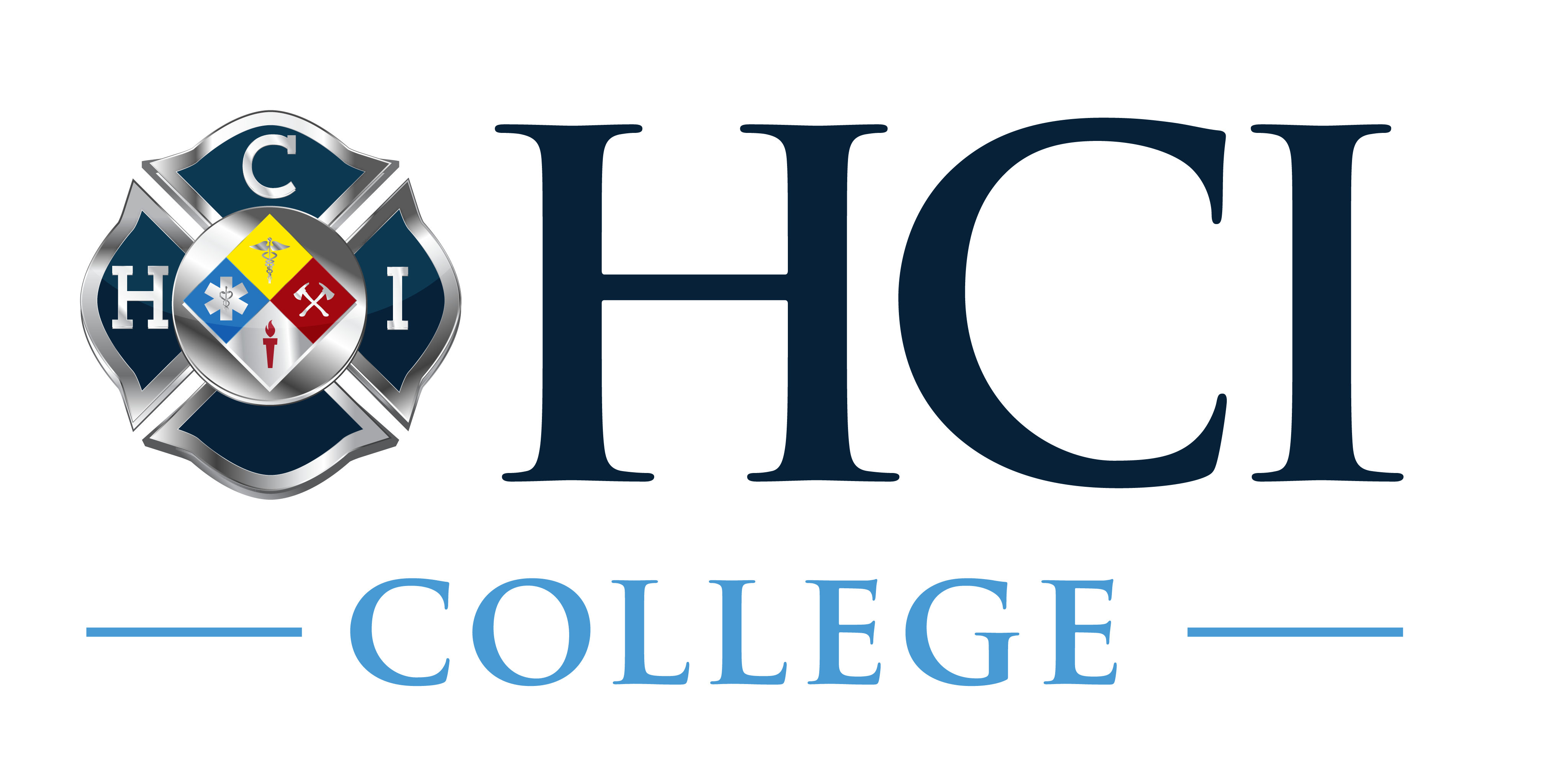The Impact of the Pandemic on Higher Education
Higher education often means meeting new people, enjoying new experiences, and discovering new places. With lockdowns and pandemic restrictions in place, particularly with uncertainty due to the emergence of COVID variants, much has changed about how students learn.
Estimates show the pandemic affected over 1.2 billion students globally.
For young adults, missing even one semester is a considerable inconvenience and many plans had to be adjusted in light of the circumstances. This delayed or altered the start of many curriculums—and new careers.
How severe was the impact of the pandemic on higher education?
Economic Impact
In secondary education, school closures mean economic losses, and this has become a pressing concern. A vast reduction in the number of international students takes a significant toll on the economy of their host country in revenue loss for accommodation, transportation, retail, telecommunications, insurance, food and beverage industries, and so on. Prolonged restrictions contribute to an economic downturn.
The second cost is the learning loss. Researchers can show that each year of secondary education tends to increase lifetime earnings by up to 10%, so missed opportunities for learning have consequences later in life. Ultimately, poor skills levels can reflect a poor GDP that can equate to a total economic loss of $14.2 trillion within the next 80 years.
Emotional and Mental Impact
University students often suffer from depression and anxiety as they struggle to deal with uncertainty about their future. While a huge percentage of college students are at a higher risk of developing mental health issues, the pandemic exacerbated their concerns even more.
Changes in learning delivery, technological problems, and social isolation cause additional worry about social lives, academic success, and future careers.
How Higher Education Has Changed
The higher education sector has changed dramatically in response to these economic, emotional, and mental health impacts.
Reliance on online learning
While online learning long existed before COVID-19, the pandemic spurred exponential growth in the number of online courses. A report shows that 51.8% of educational institutions are now offering online classes. Even prominent institutions in the US have resorted to online teaching to ensure learning continuity.
While some still offer hybrid learning, it’s now a given that online learning will remain a popular choice among college students, particularly for those who have already adapted to this current mode of instruction and learning. It also helps that many robust online learning platforms now exist to provide students with a variety of avenues for learning.
Postponement of college education
However, not everyone is willing or can learn online. In the US, the digital divide is still a factor as a huge percentage still don’t have access to high-speed internet. For international students, 53% of students choose to postpone their studies because they don’t want to risk traveling to a foreign country during the pandemic. Moreover, some students defer their studies because some programs, like basic and advanced life support training programs, require special equipment for hands-on learning.
Shift to in-demand career options
With less tolerance for risk, students are focusing their choice of studies in fields where their skills will be needed in the future. For instance, enrollments in the medical field, such as nursing, paramedics, and EMT training, have increased considerably. In 2020, nursing program enrollments rose by almost 6%.
“In the pandemic, we saw an increased visibility of nurses, and I think that’s been inspirational to many people,” shares Deb Trautman, American Association of Colleges of Nursing (AACN) president and CEO. “It’s a profession where you can make a difference.”
Enrollment in technical schools
Due to the pandemic, many students are turning to technical schools to get their education. Why? Technical schools offer several advantages. One is the access to quality and accredited education at a fraction of the cost of some colleges. With many families affected by the economic downturn due to the pandemic, many couldn’t afford to have huge student loan debts.
Another reason technical schools have become a popular option among students is that it allows them to complete their education faster while targeting skills and knowledge to help them start a career sooner.
Conclusion
The pandemic continues to show that it’s not over, and institutions and students must be willing to adapt to move forward. While it’s good to reassess your options, students need to remain committed to getting the education they want. Explore our programs to learn what courses you can take.
Want to encourage a friend to study in a technical school? Share this article with them.















